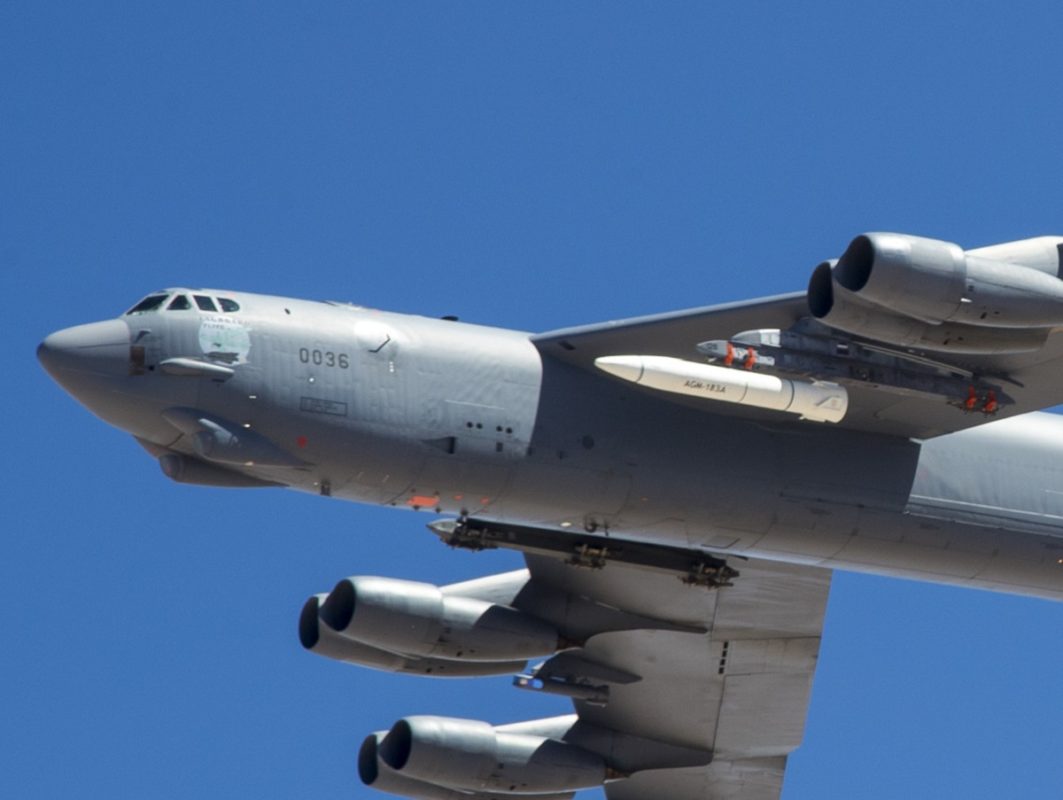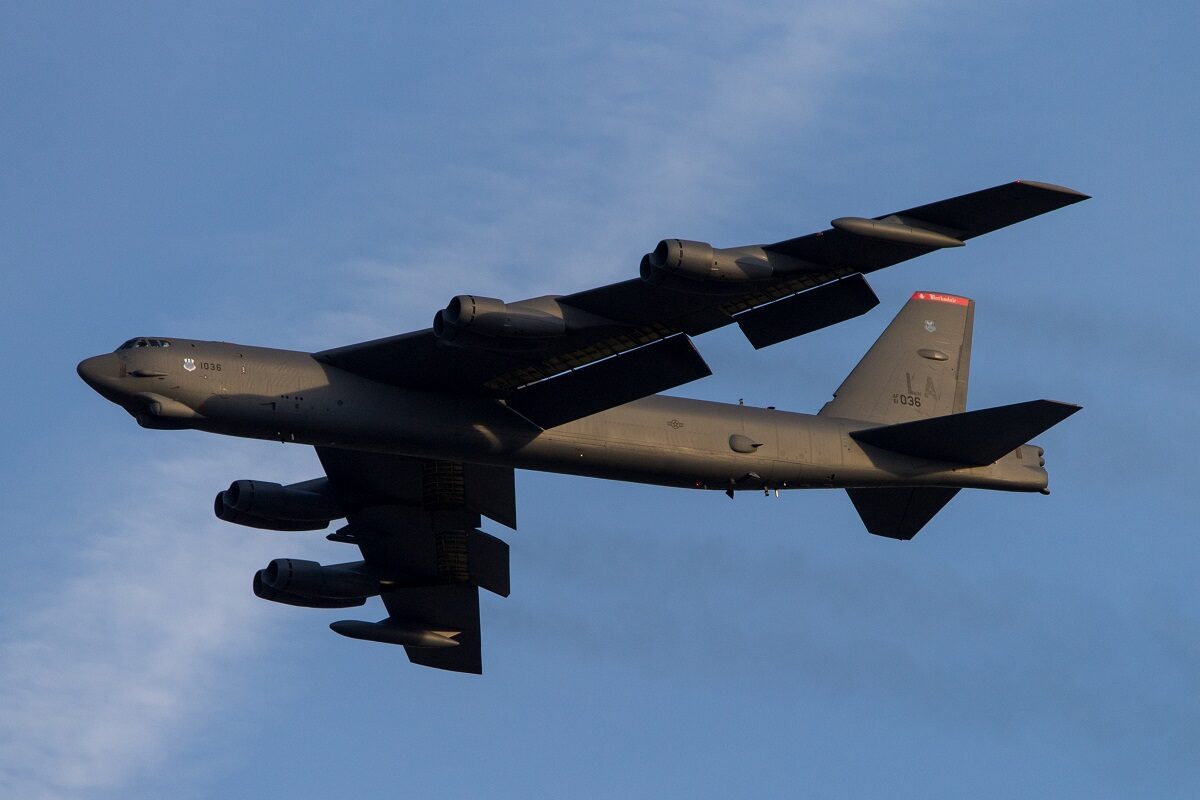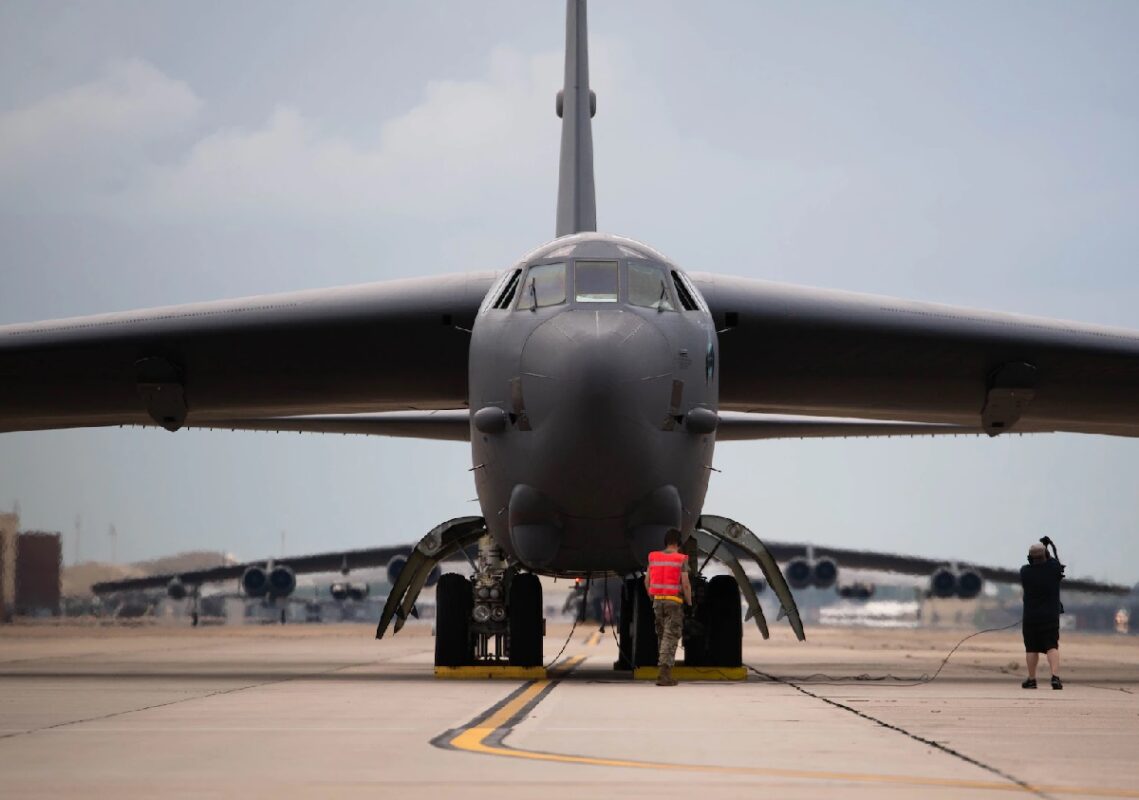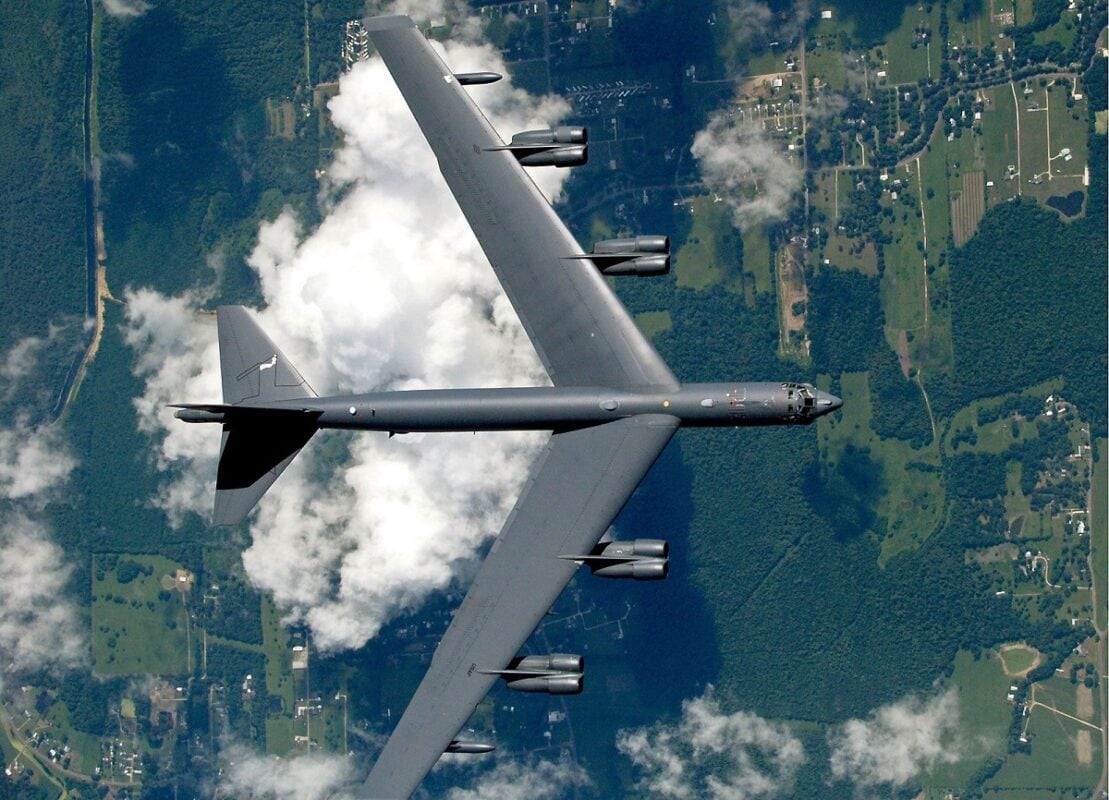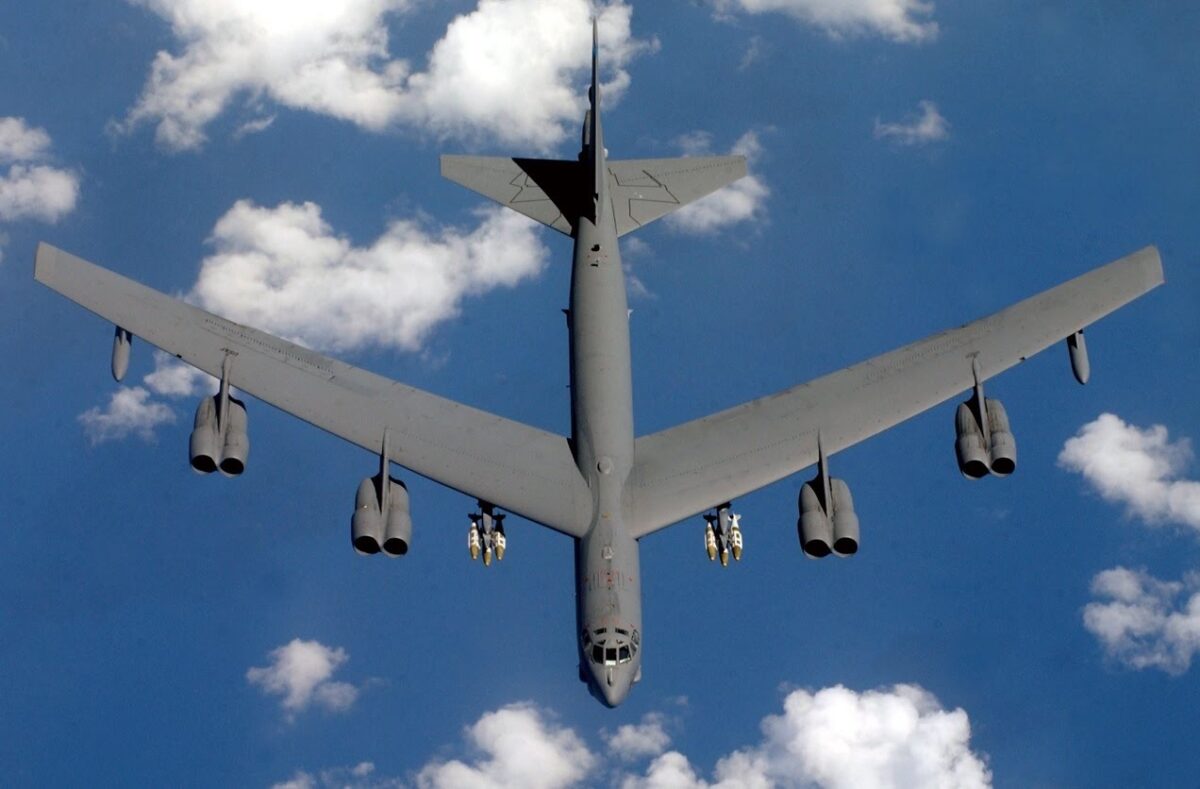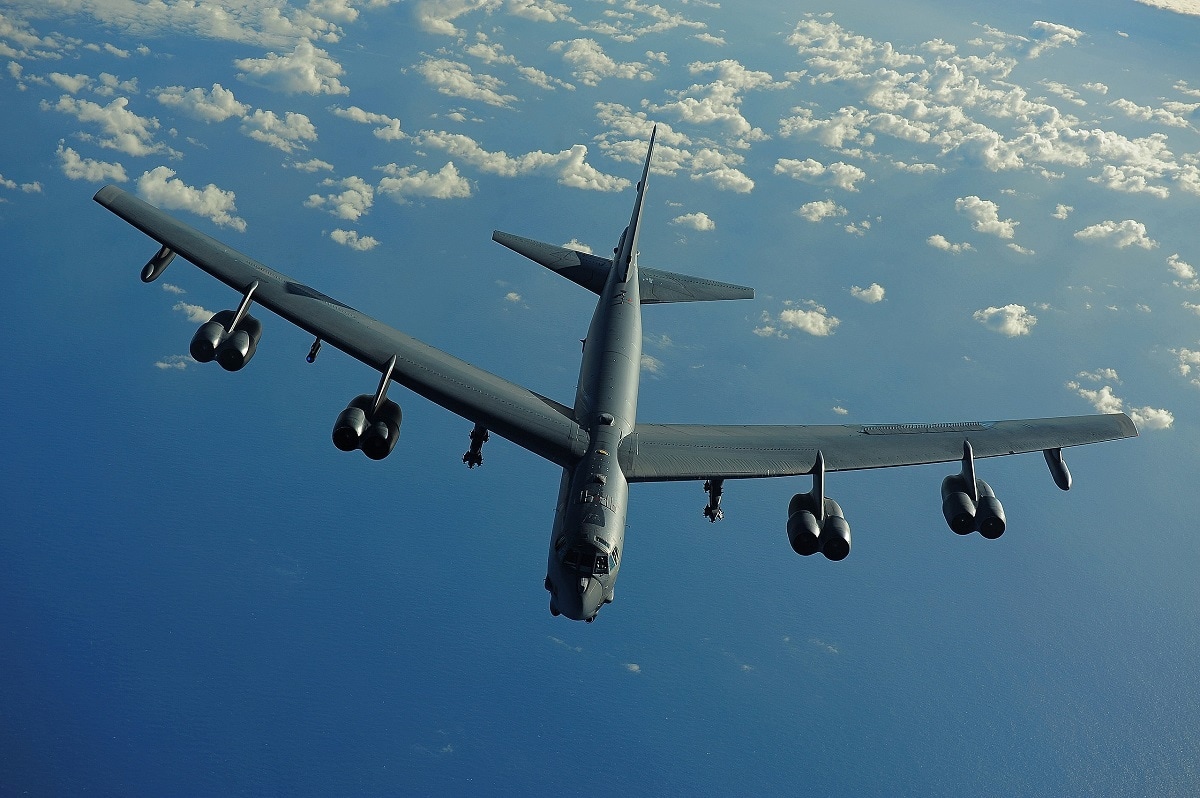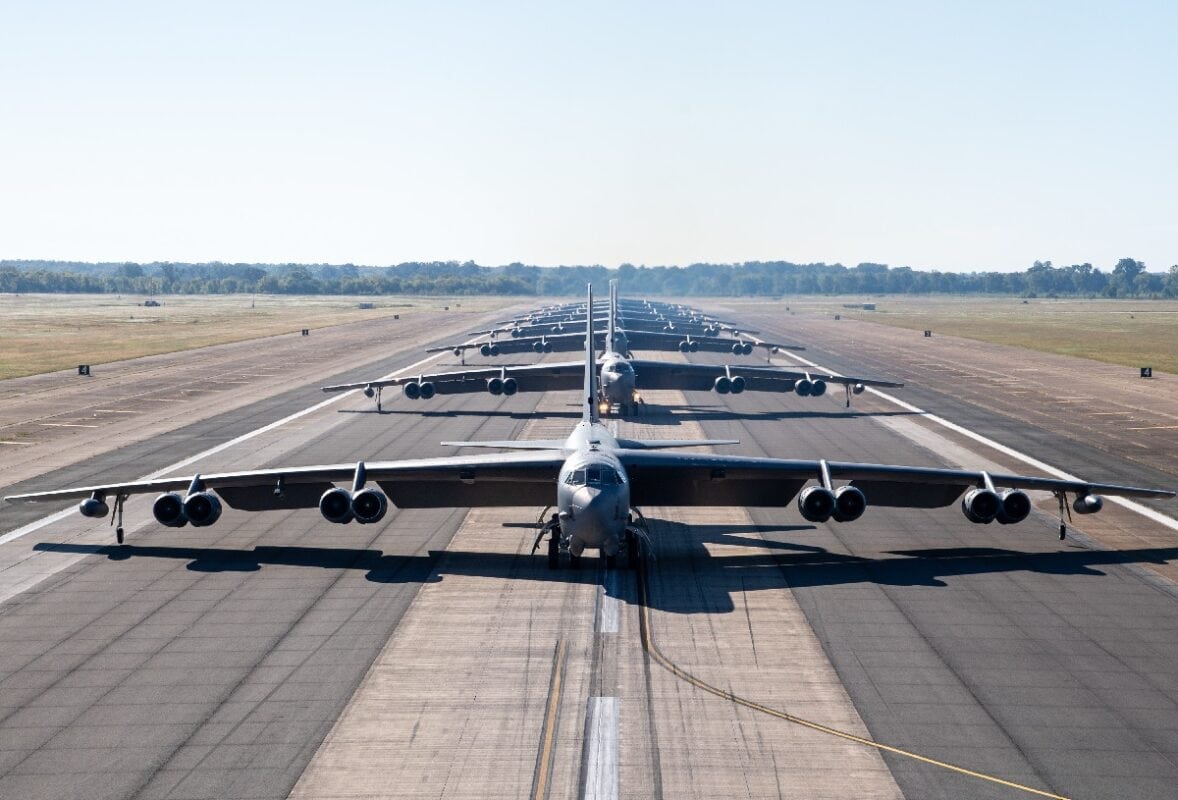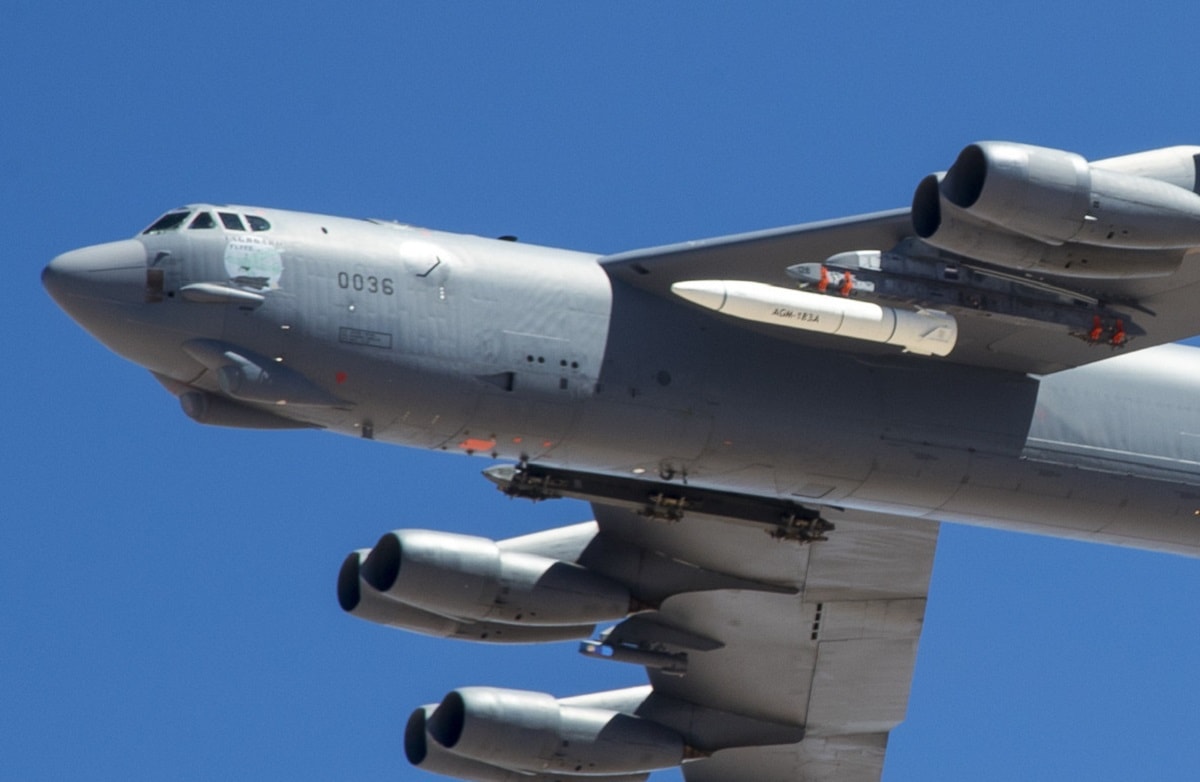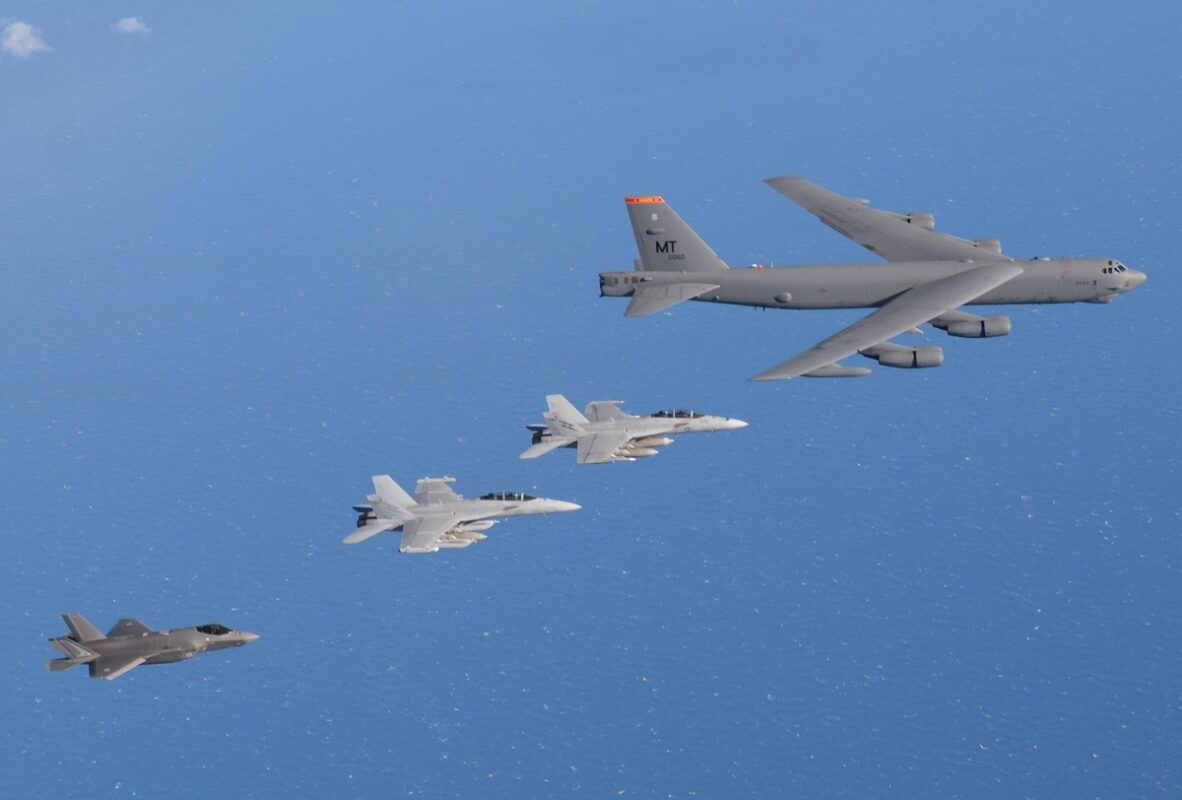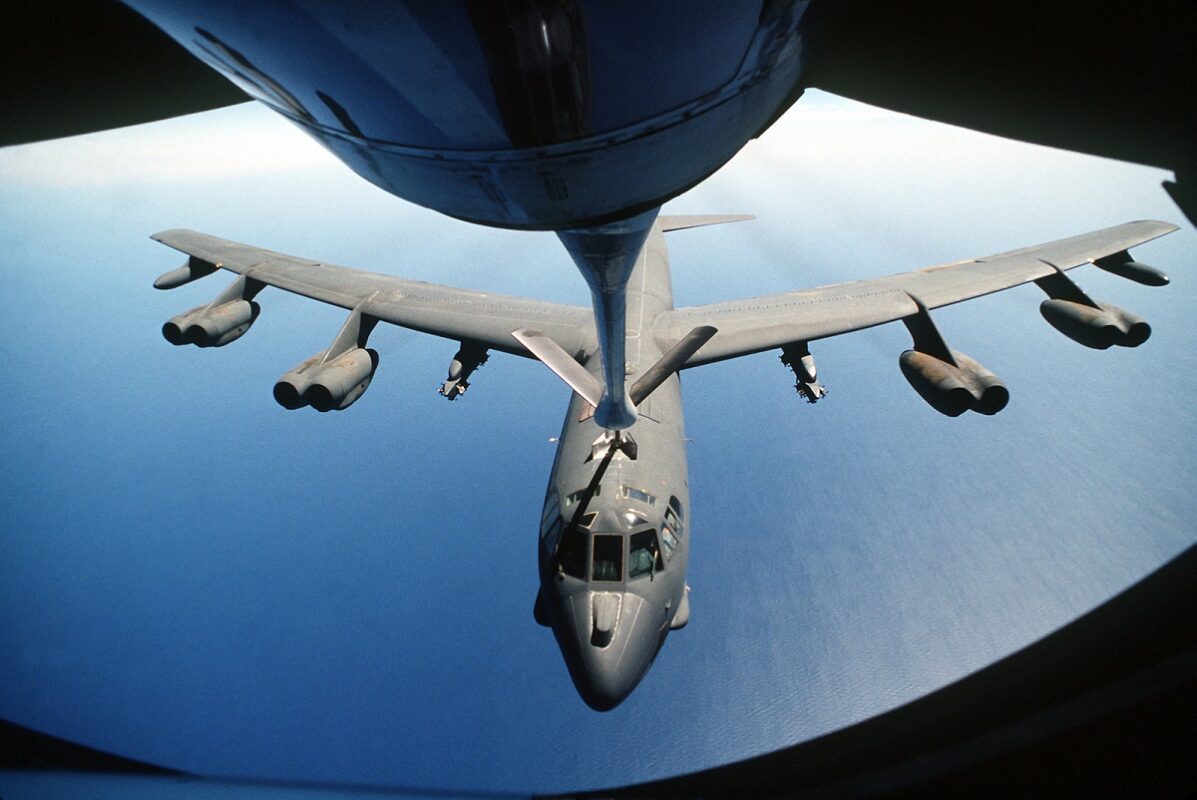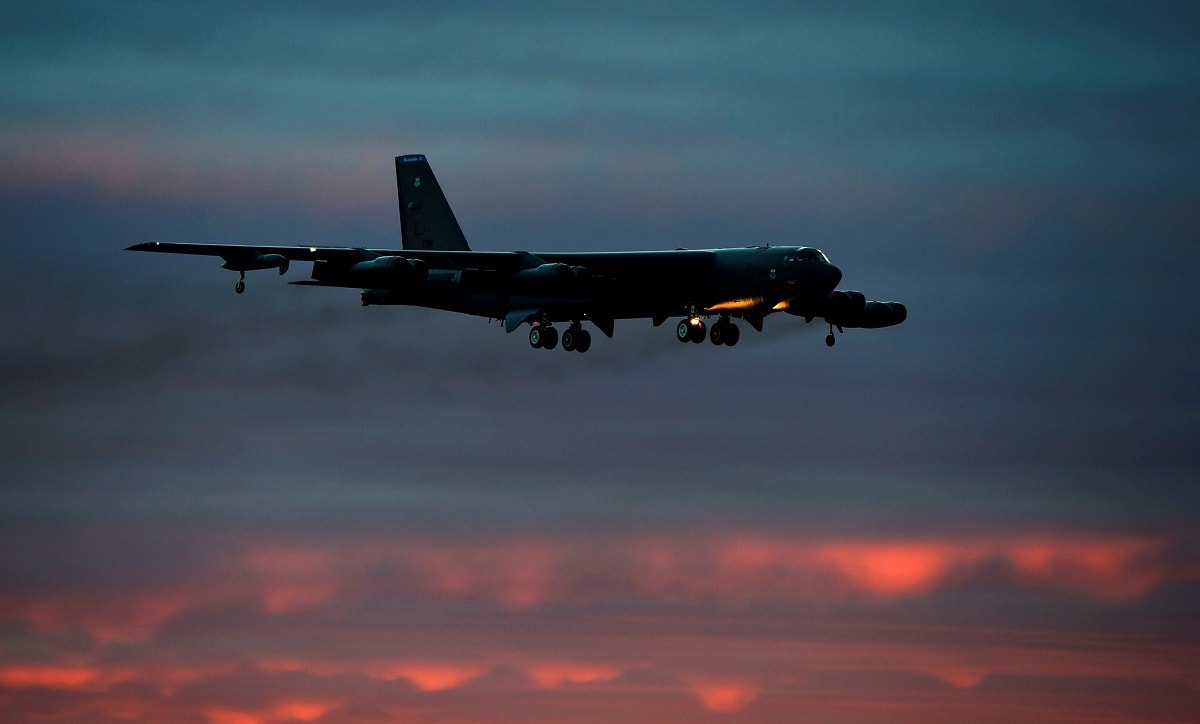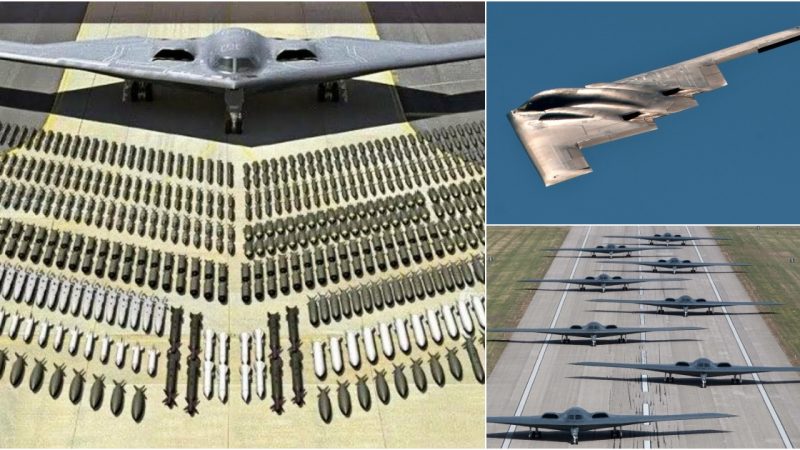The B-52 Bomber: Defying Age and Soaring into the Future
The B-52 Bomber, often affectionately referred to as the “BUFF” (Big Ugly Fat Fellow), is an amazing aircraft with a rich history. Created in the 1950s during the height of the Cold War, this iconic bomber has defied all expectations by remaining in active service for over half a century. Today, we explore the enduring legacy of the B-52 and the efforts to keep this venerable aircraft flying well into the future.
As the world evolves and technology advances, the B-52 Stratofortress has undergone numerous upgrades and modifications to ensure its continued relevance. One of the most significant challenges facing the U.S. military is the cost of maintaining and upgrading this aging aircraft. Recent reports indicate that the price tag for these upgrades has surged, leading to concerns among Air Force officials.
According to Air Force Magazine, the cost of re-engining, a crucial step to extend the B-52’s service life through the 2050s, has risen by a staggering 50%. This increase isn’t solely due to rising material costs but is also attributed to engineering challenges associated with integrating new engines into the aircraft.
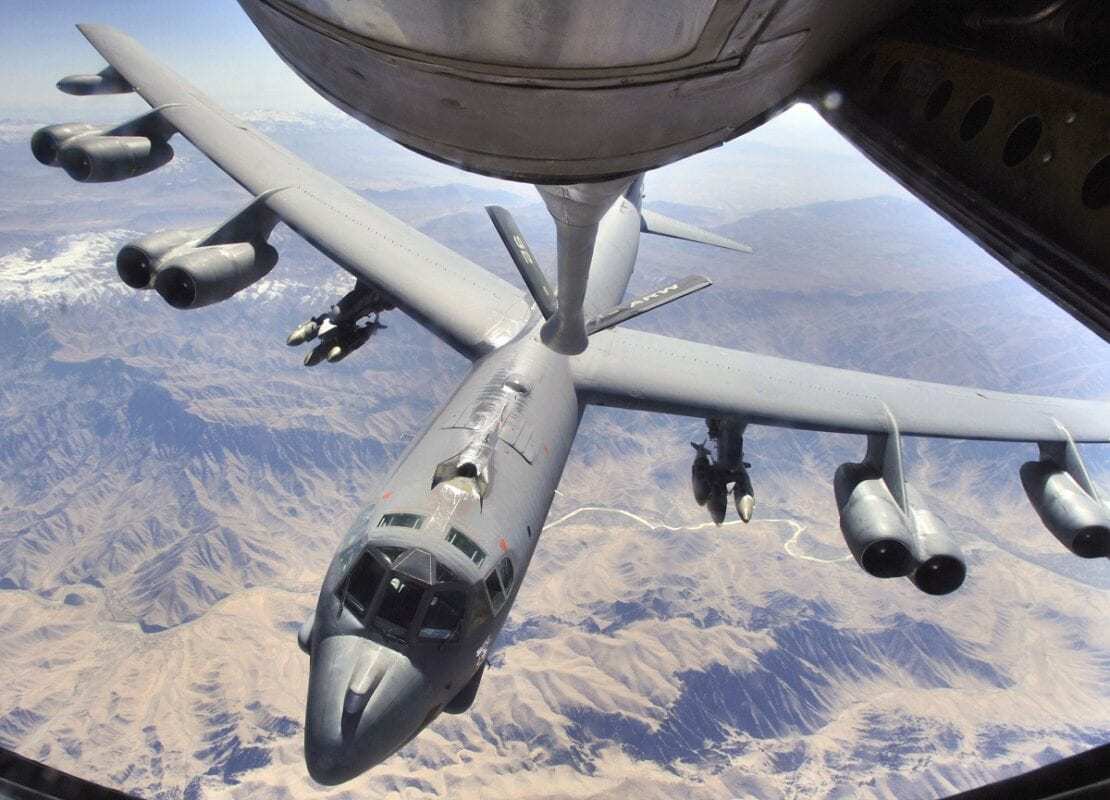
Rolls-Royce, a renowned name in aerospace engineering, was awarded a substantial $2.6 billion contract to provide commercial engines for the B-52. These engines, part of the F130 family, are considered a significant upgrade from the aging Pratt & Whitney-made TF33 engines, which have been in service since the 1960s. The F130 engines boast a track record of reliability and efficiency, with over 27 million engine flight hours accumulated.
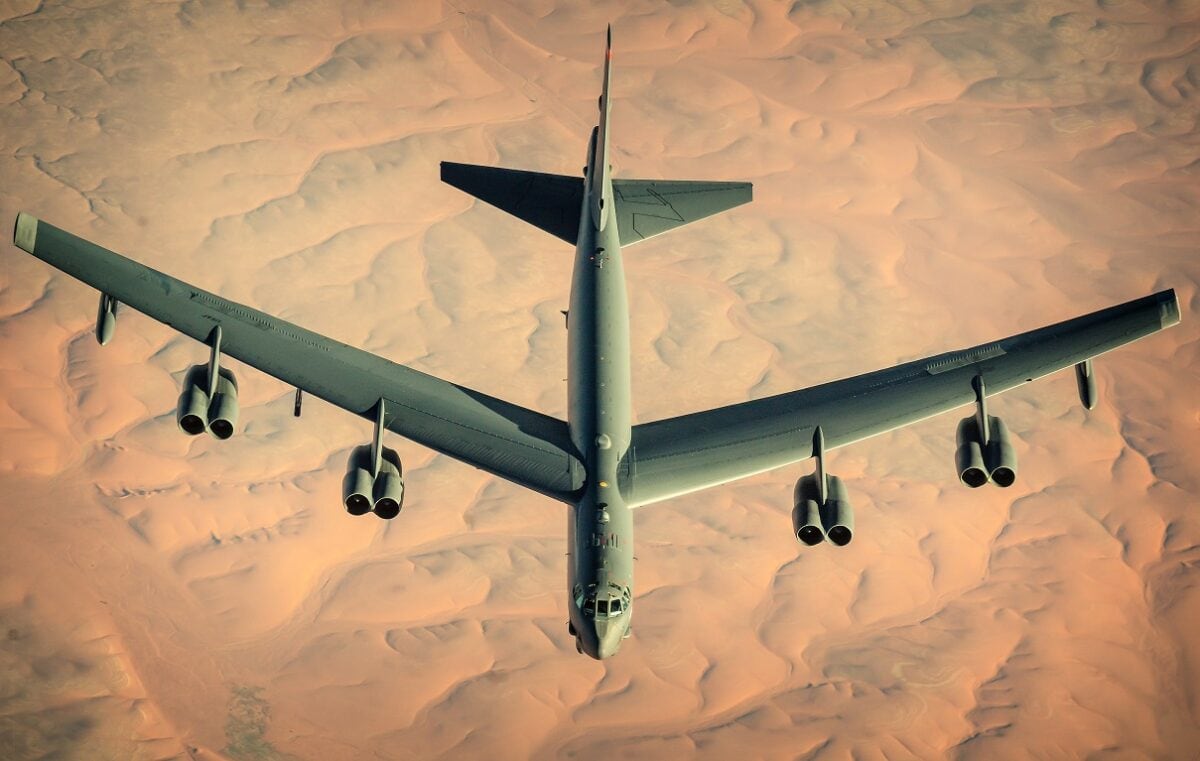
One of the standout features of Rolls-Royce’s approach to this project is the utilization of state-of-the-art digital engineering tools. By creating digital maps of the massive B-52 airframes, engineers can model how the new engines will interact with various components and systems. This collaborative effort between Rolls-Royce and Boeing, the original manufacturer of the B-52, ensures precise placement of the F130 engines within the aircraft.
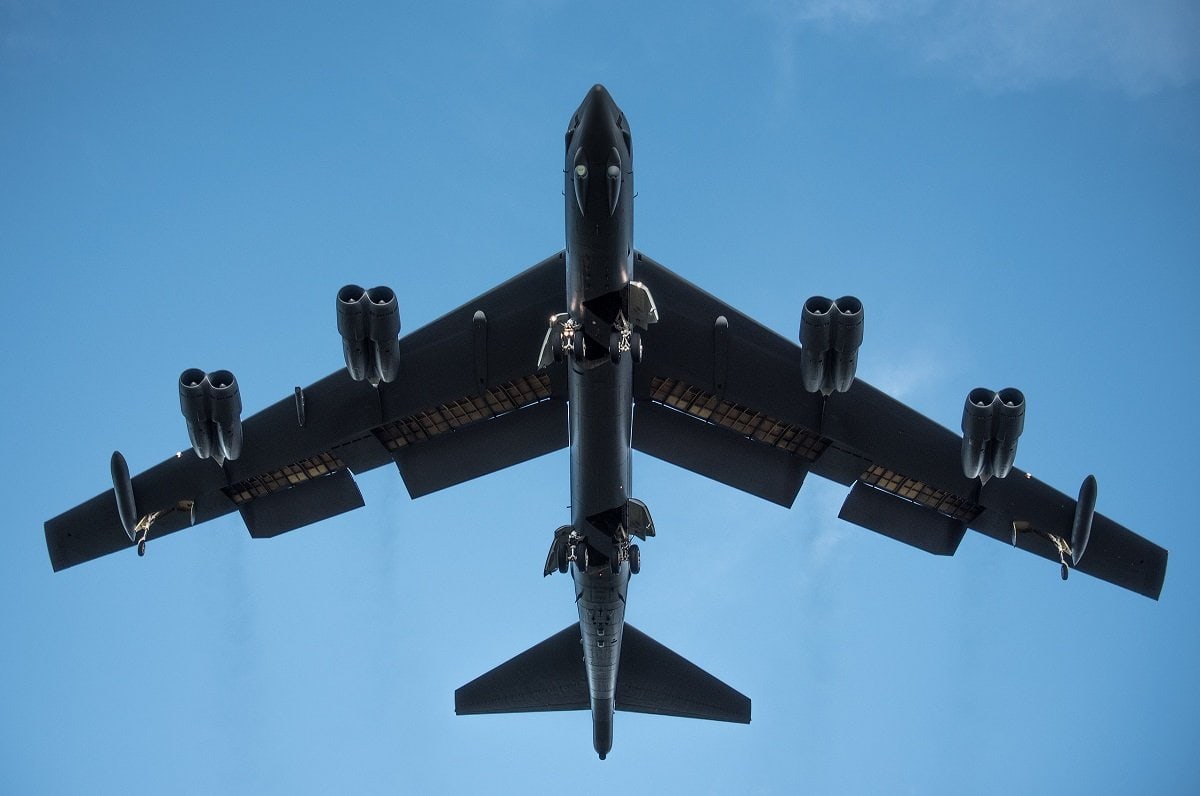
While the engines themselves represent a significant portion of the project cost, Air Force acquisition executive Andrew P. Hunter emphasized that the majority of the engineering work is focused on integrating these engines into the B-52’s existing structure. This process involves modifications to support struts and other internal components, rather than fundamentally altering the engine design.
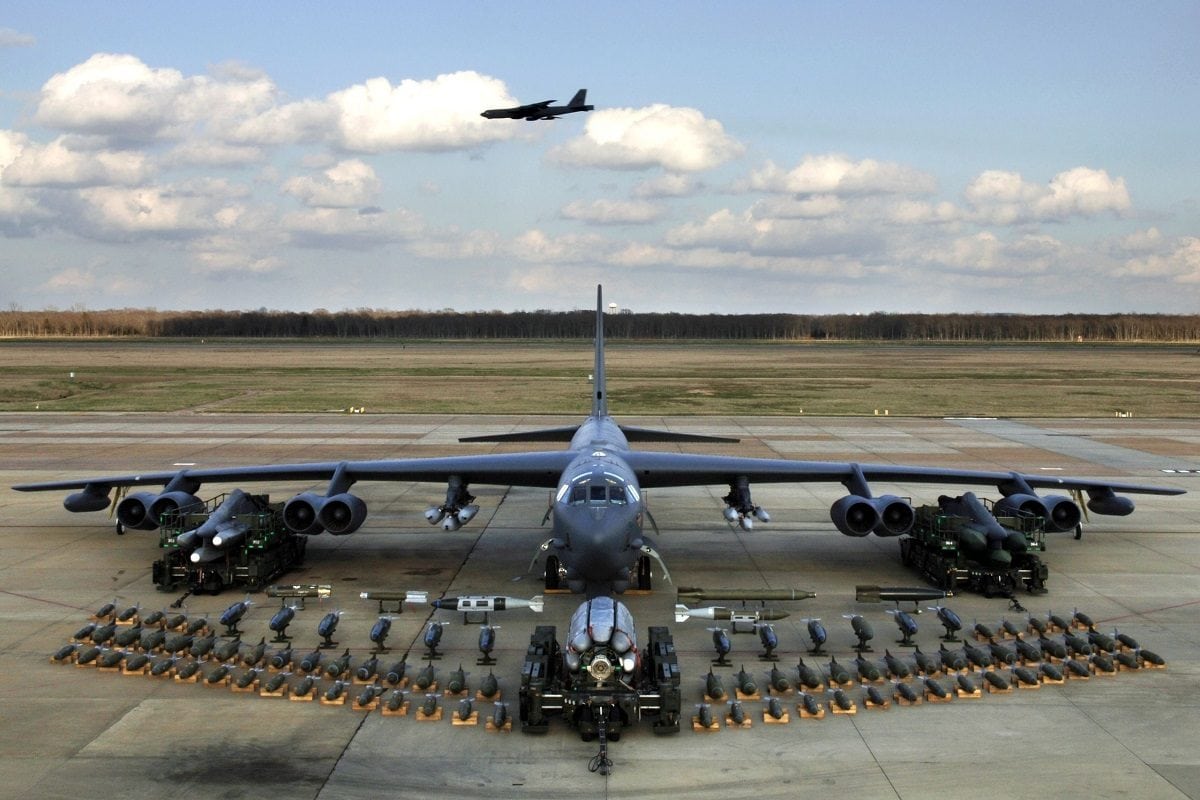
Despite the rising costs and challenges associated with upgrading the B-52, it remains an indispensable part of the U.S. military’s strategic capabilities. The aircraft’s ability to carry a wide range of payloads and its extensive range of approximately 8,800 miles make it a vital asset for national defense and global security.
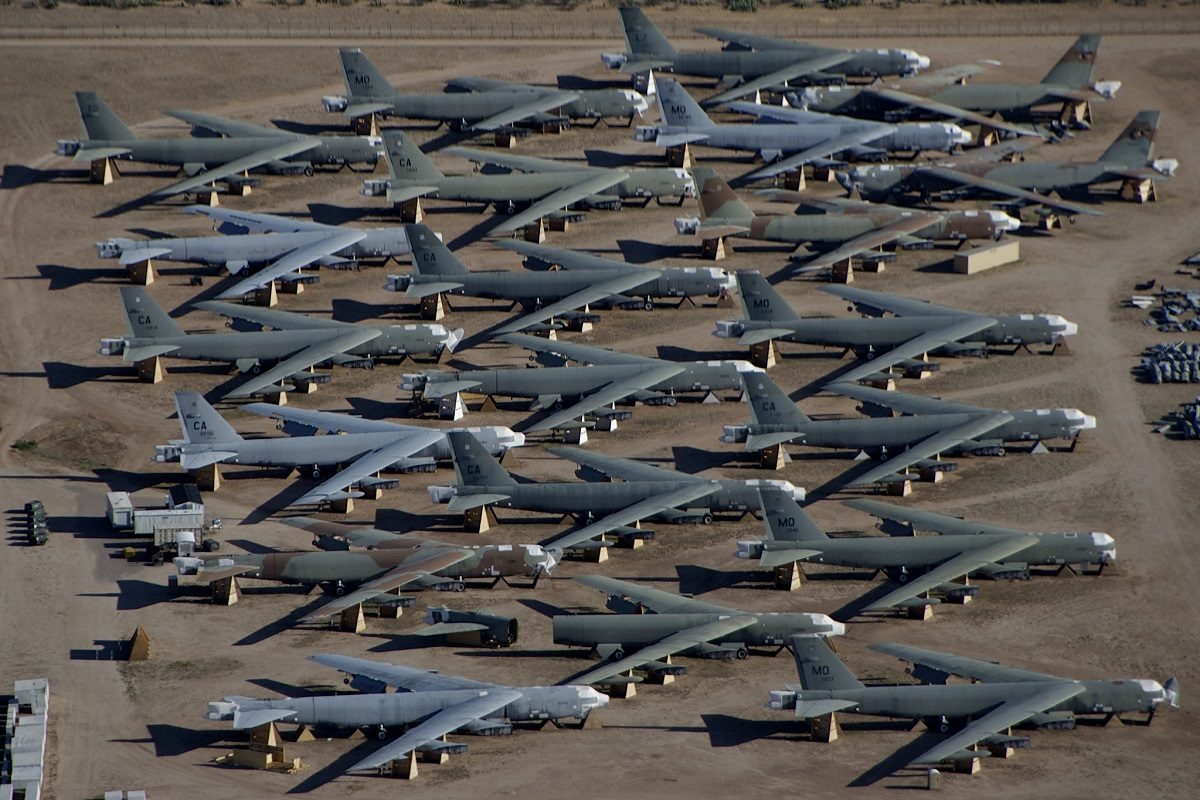
In an era of budget constraints and evolving threats, the B-52 Bomber stands as a testament to the enduring legacy of engineering excellence and innovation. As efforts to modernize this legendary aircraft continue, it serves as a symbol of the U.S. Air Force’s commitment to maintaining a strong and adaptable defense posture. The B-52 Bomber may be old, but its capabilities and significance are as relevant today as they were when it first took to the skies in the 1950s.
